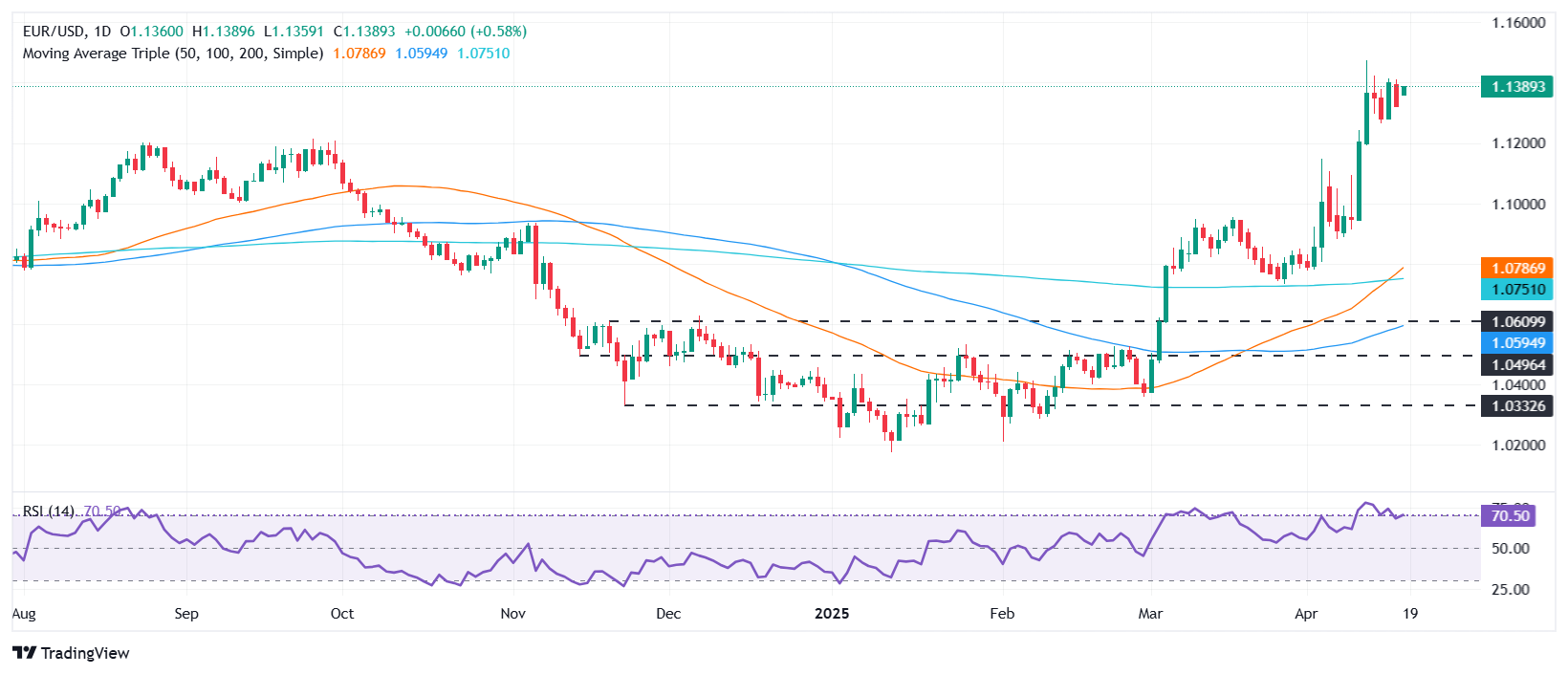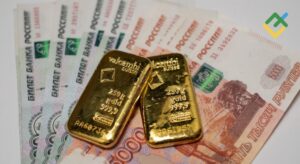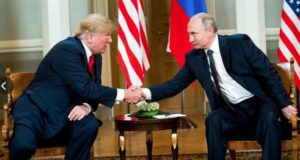EUR/USD climbs as US Dollar weakens on trade tensions

- Euro edges higher amid US Dollar pressure after the White House pushes tariffs on Chinese ships, fueling global trade risks.
- Trump reportedly furious with Fed Chair Powell; adviser says President reviewing legality of dismissal.
- ECB’s Muller says lower energy prices and tariffs justify rate cut, though warns fragmentation may fuel inflation ahead.
The Euro (EUR) advances against the US Dollar (USD) in muted trading as financial markets are closed on Good Friday. At the time of writing, EUR/USD trades at 1.1385, up 0.21%, lacking the strength to break the elusive 1.14 mark.
EUR/USD up 0.21% in holiday-thinned trading as markets digest US-China shipping levies and renewed Fed independence concerns
The financial markets’ narrative remains focused on the United States’ (US) controversial trade policies, which drove prices to dump the Greenback in favor of other G8 FX peers, like the shared currency.
Still, the White House is moving forward with applying levies on Chinese ships docking at US ports, which would threaten to shake up global shipping routes and escalate the trade war between China and the US.
On Thursday, breaking news revealed that President Trump was angered at Federal Reserve (Fed) Chair Jerome Powell and considered ousting him. Although market participants did not react to the headline, recently, White House Senior Adviser Kevin Hassett insisted that “Trump is studying whether firing Fed’s Powell is an option.”
In the meantime, the US Dollar Index (DXY), which tracks the buck’s performance against a basket of six other currencies, falls 0.09%, down to 99.31.
With the news flow light, European Central Bank’s (ECB) Madis Müller revealed that the drop in energy prices and tariffs supported the rate cut. He added that police do not remain a constraint and that key indicators are moving in the right direction. He also pointed out that a more fragmented economy could push prices up.
EUR/USD Price Forecast: Technical outlook
EUR/USD trades near the current week’s peak near 1.1400, with price action showing the Euro is poised to extend its gains past that area, opening the door for further upside. Key resistance levels are at the April 11 high at 1.1473, followed by 1.1498, the February 2022 peak, ahead of the 1.1500 figure.

Euro FAQs
The Euro is the currency for the 19 European Union countries that belong to the Eurozone. It is the second most heavily traded currency in the world behind the US Dollar. In 2022, it accounted for 31% of all foreign exchange transactions, with an average daily turnover of over $2.2 trillion a day.
EUR/USD is the most heavily traded currency pair in the world, accounting for an estimated 30% off all transactions, followed by EUR/JPY (4%), EUR/GBP (3%) and EUR/AUD (2%).
The European Central Bank (ECB) in Frankfurt, Germany, is the reserve bank for the Eurozone. The ECB sets interest rates and manages monetary policy.
The ECB’s primary mandate is to maintain price stability, which means either controlling inflation or stimulating growth. Its primary tool is the raising or lowering of interest rates. Relatively high interest rates – or the expectation of higher rates – will usually benefit the Euro and vice versa.
The ECB Governing Council makes monetary policy decisions at meetings held eight times a year. Decisions are made by heads of the Eurozone national banks and six permanent members, including the President of the ECB, Christine Lagarde.
Eurozone inflation data, measured by the Harmonized Index of Consumer Prices (HICP), is an important econometric for the Euro. If inflation rises more than expected, especially if above the ECB’s 2% target, it obliges the ECB to raise interest rates to bring it back under control.
Relatively high interest rates compared to its counterparts will usually benefit the Euro, as it makes the region more attractive as a place for global investors to park their money.
Data releases gauge the health of the economy and can impact on the Euro. Indicators such as GDP, Manufacturing and Services PMIs, employment, and consumer sentiment surveys can all influence the direction of the single currency.
A strong economy is good for the Euro. Not only does it attract more foreign investment but it may encourage the ECB to put up interest rates, which will directly strengthen the Euro. Otherwise, if economic data is weak, the Euro is likely to fall.
Economic data for the four largest economies in the euro area (Germany, France, Italy and Spain) are especially significant, as they account for 75% of the Eurozone’s economy.
Another significant data release for the Euro is the Trade Balance. This indicator measures the difference between what a country earns from its exports and what it spends on imports over a given period.
If a country produces highly sought after exports then its currency will gain in value purely from the extra demand created from foreign buyers seeking to purchase these goods. Therefore, a positive net Trade Balance strengthens a currency and vice versa for a negative balance.




